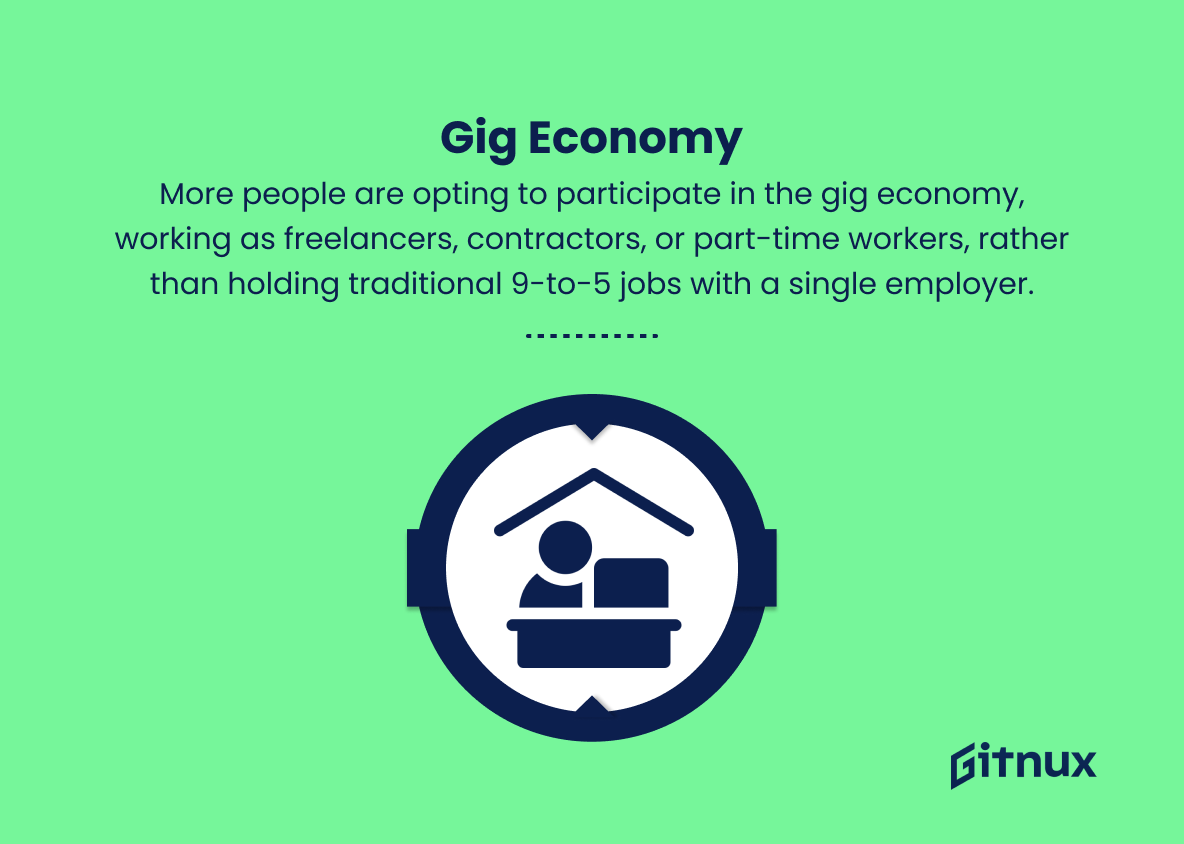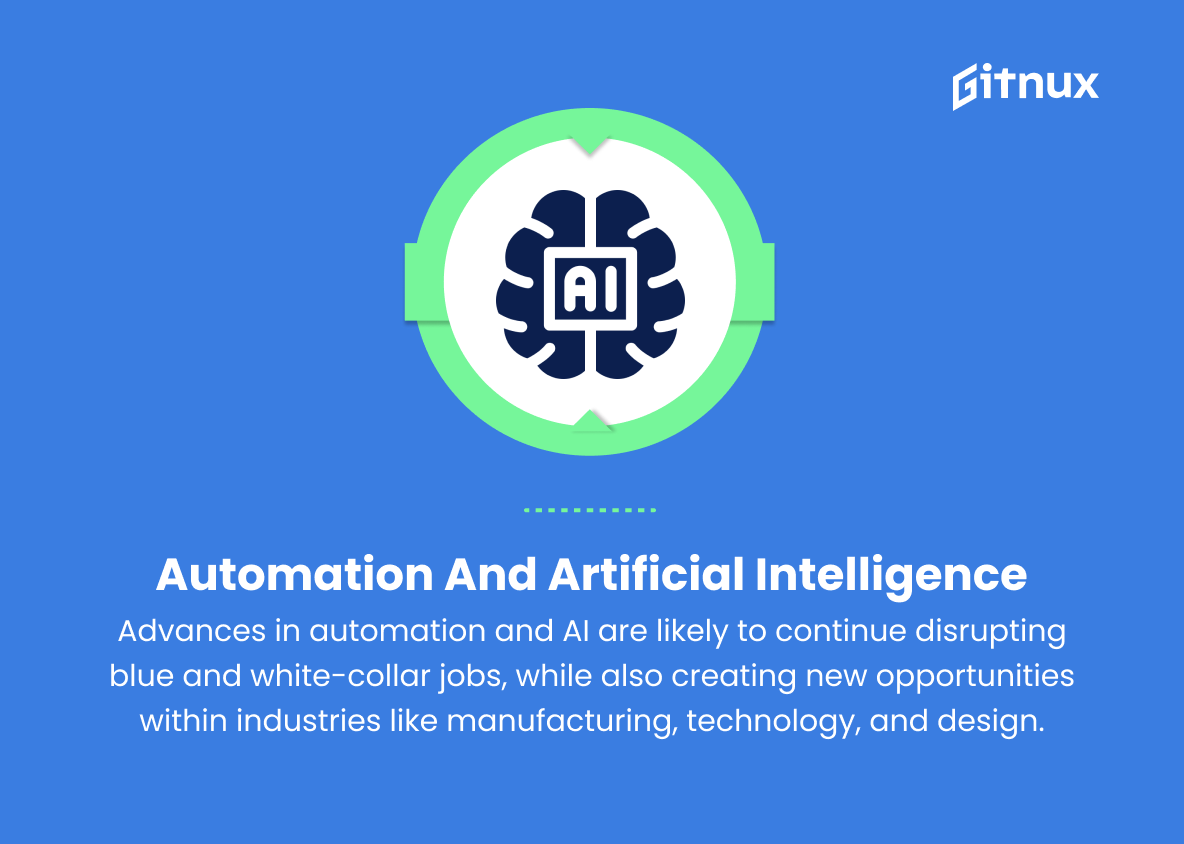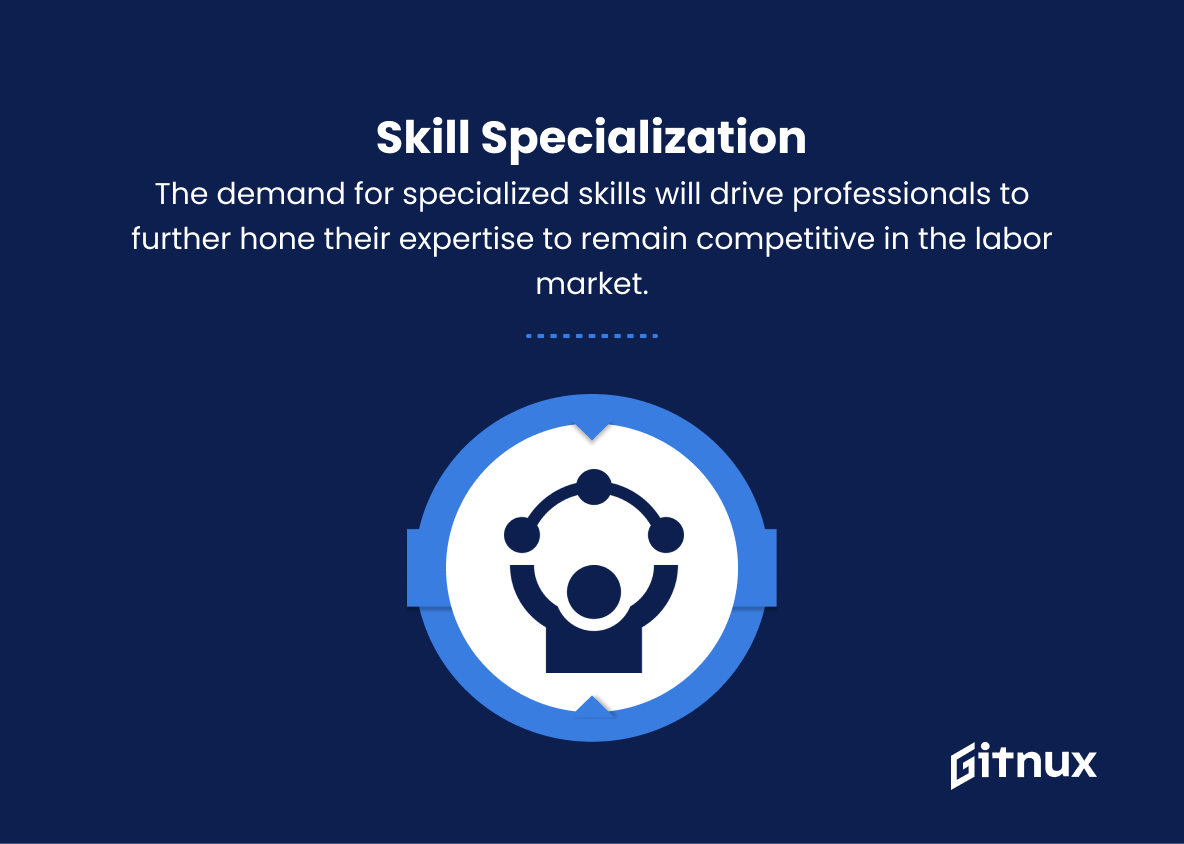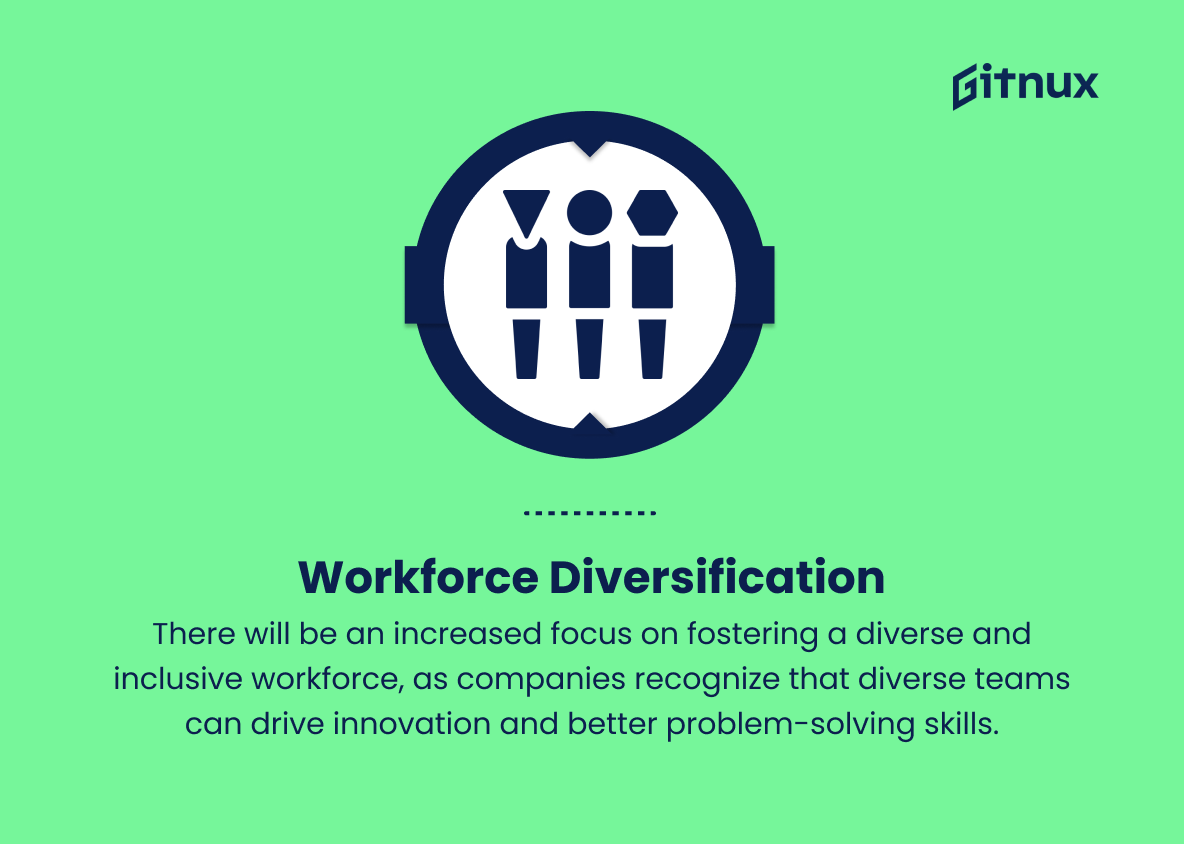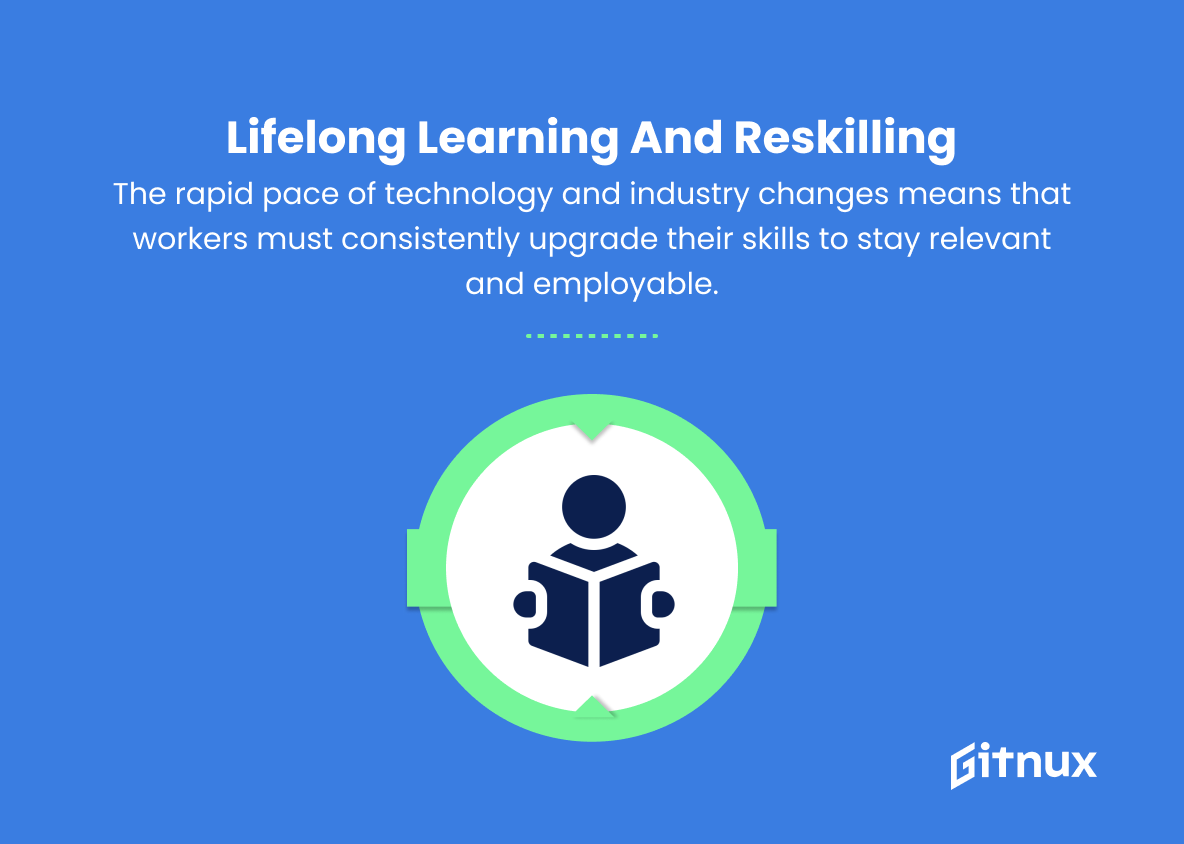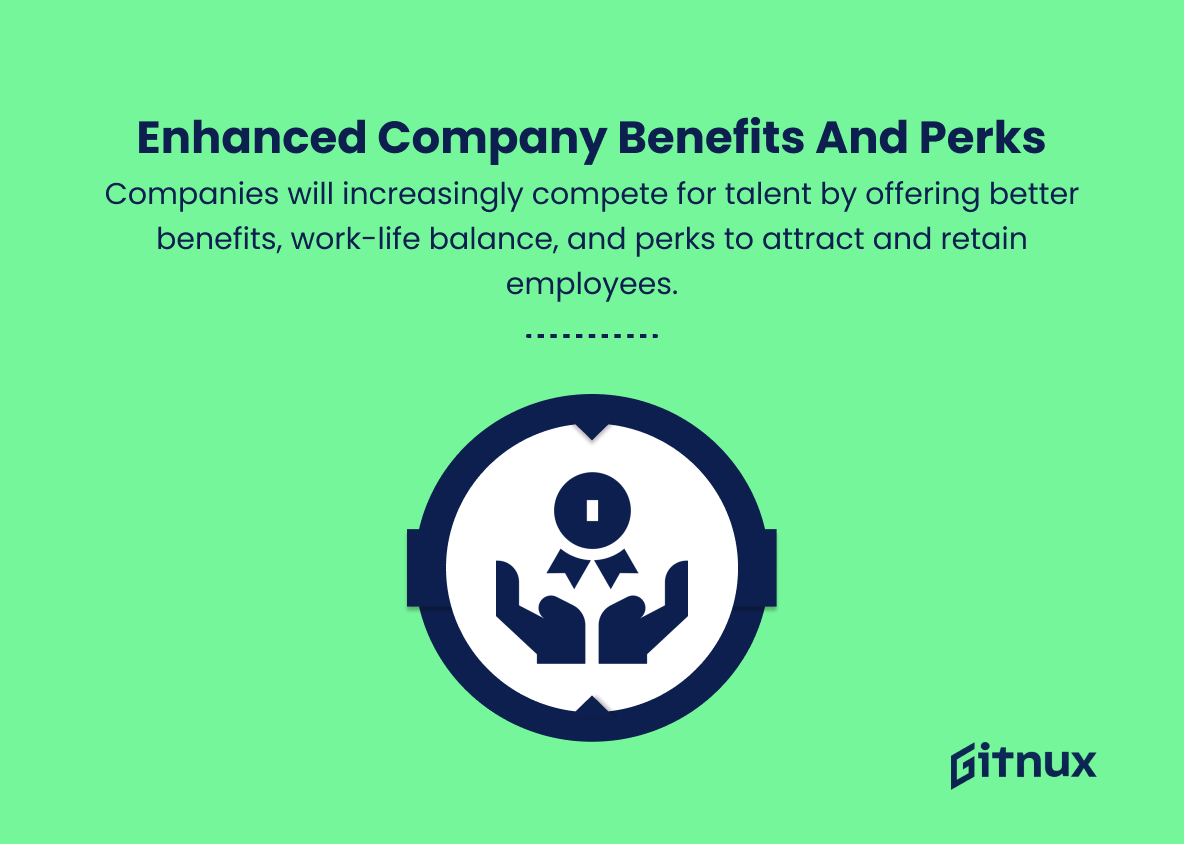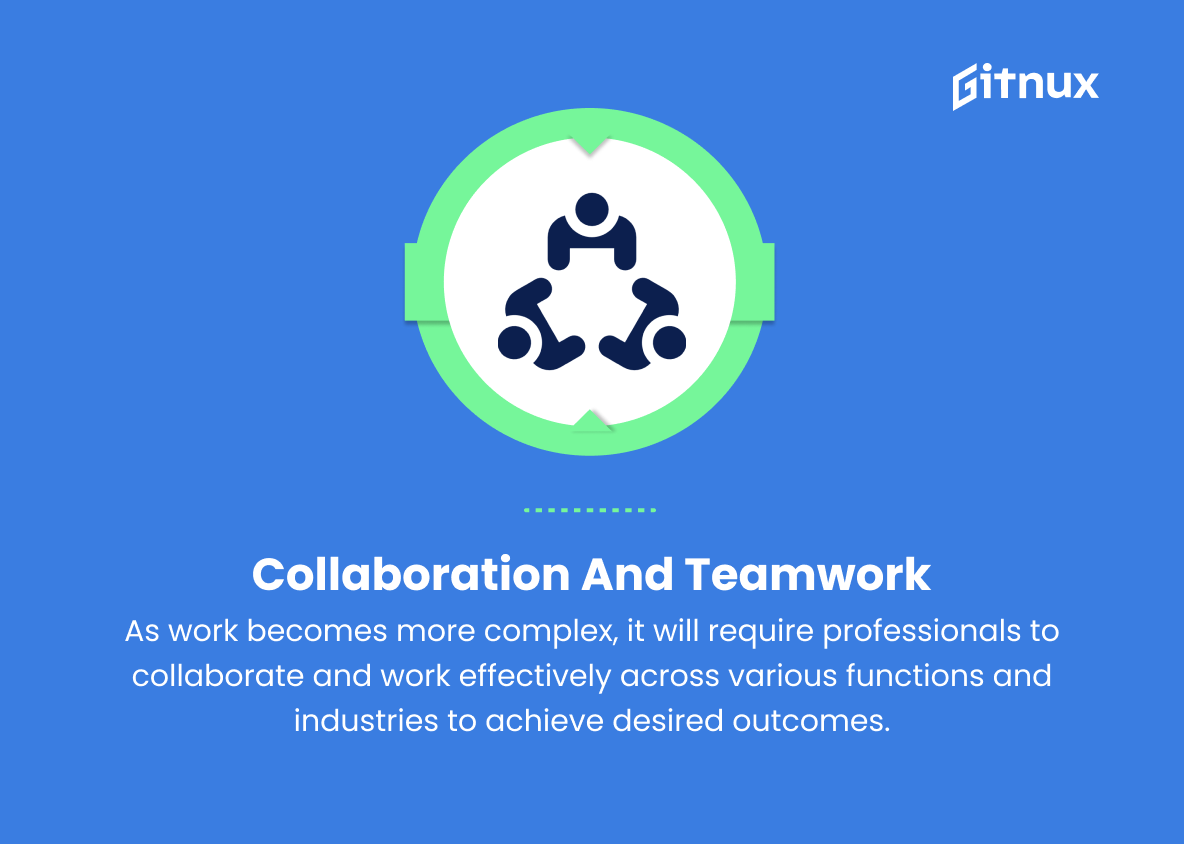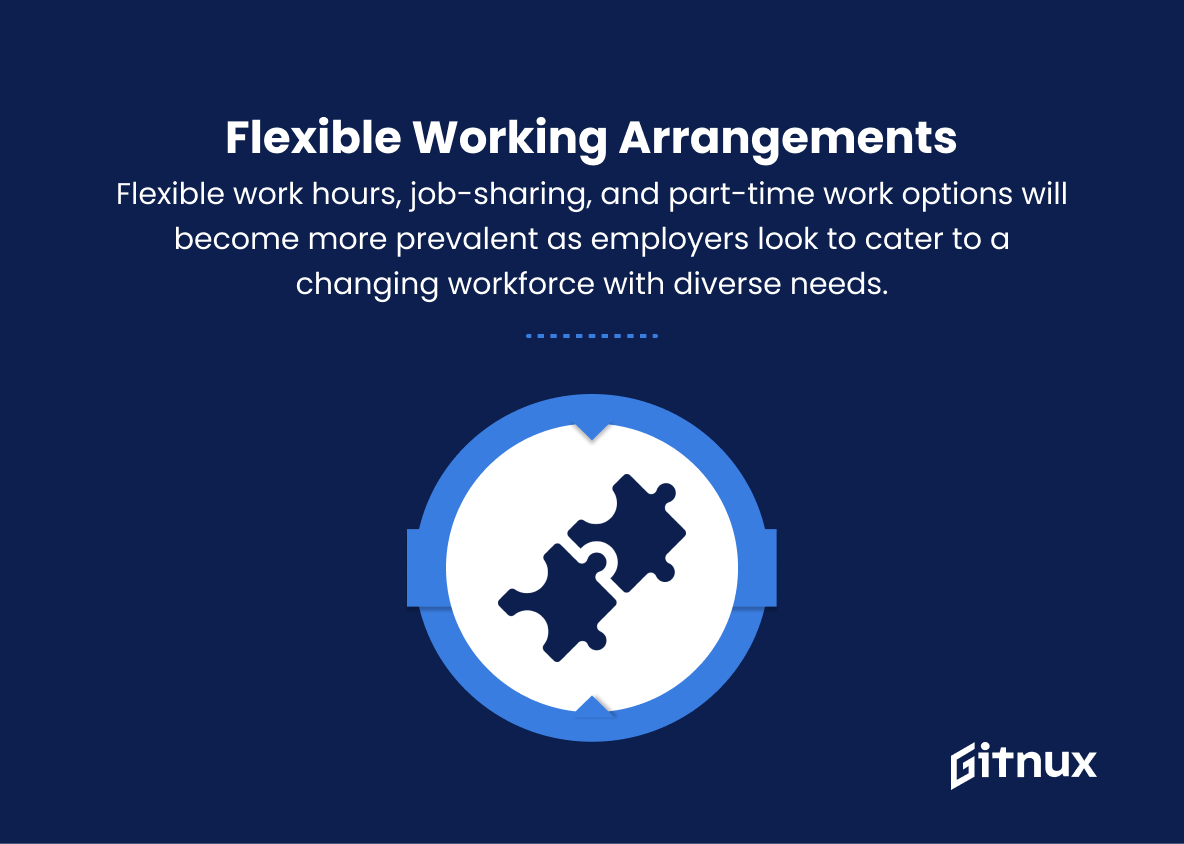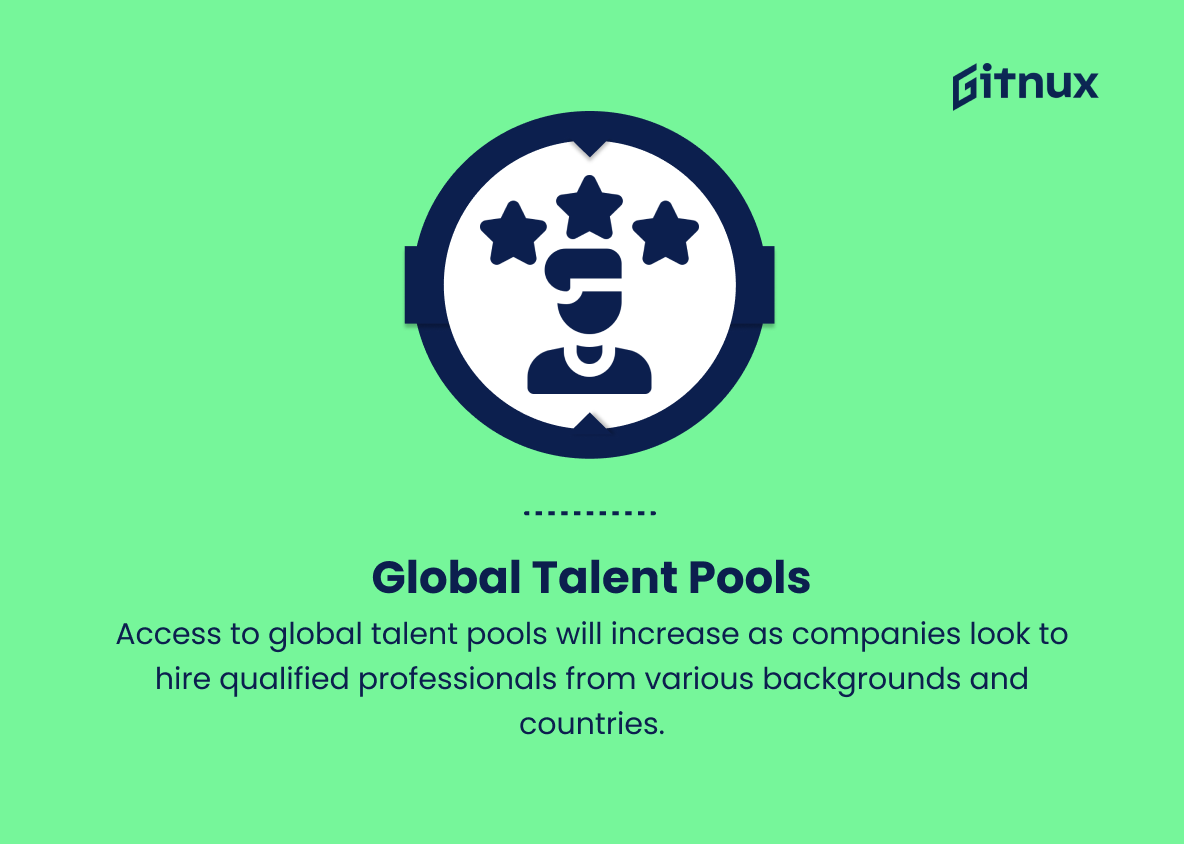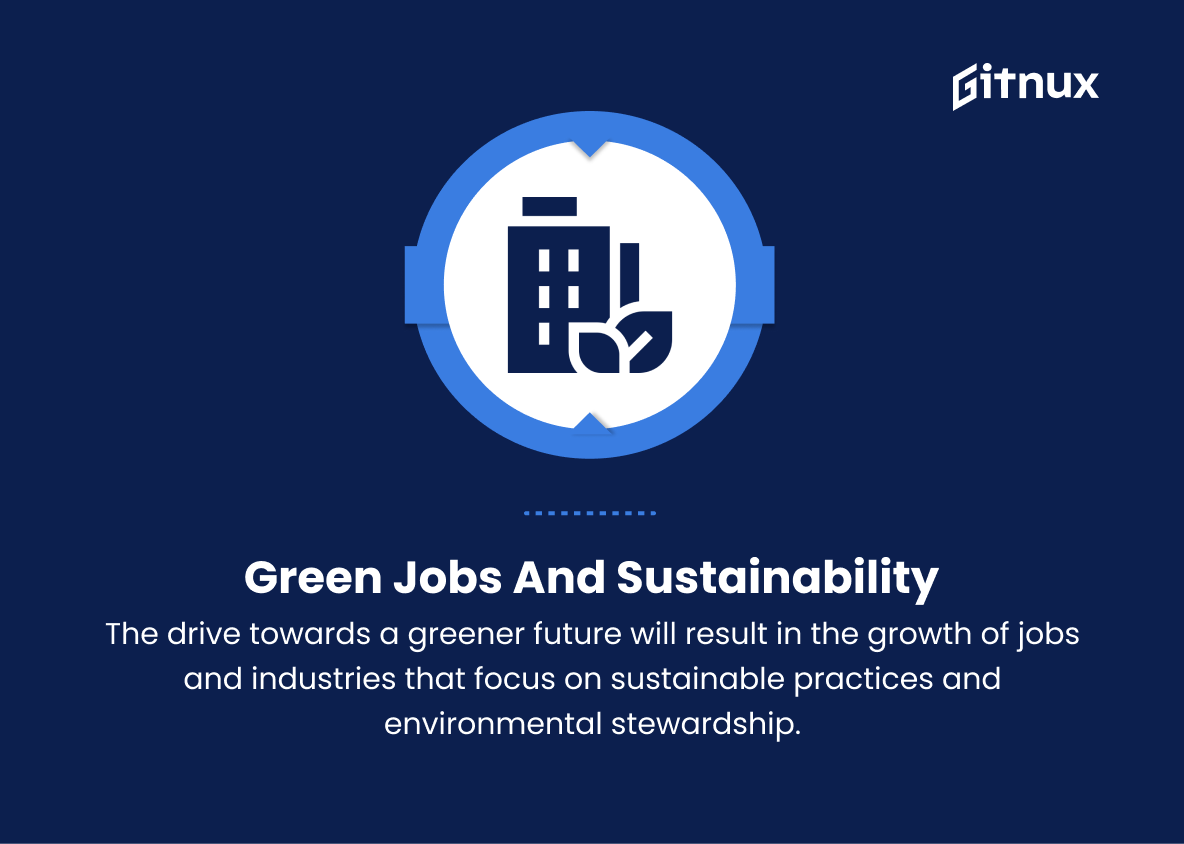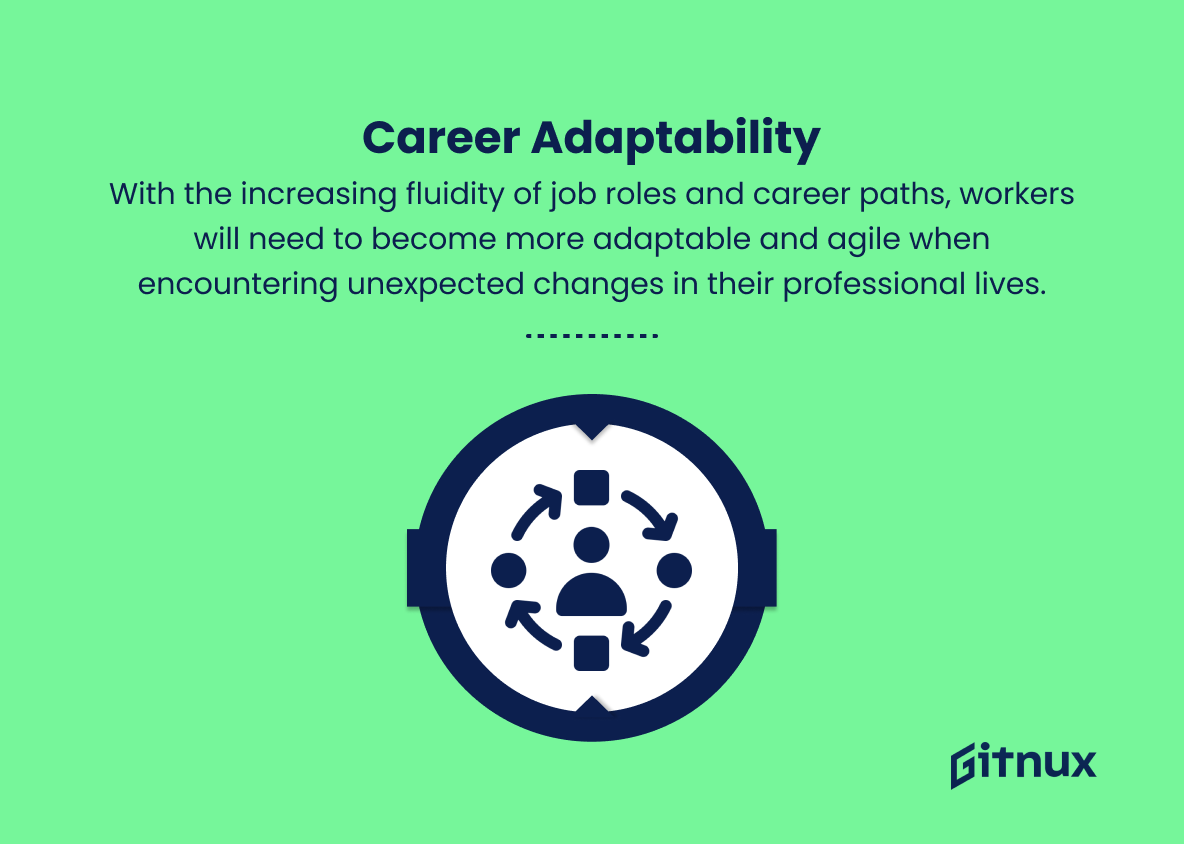The labor market is a complex and dynamic entity, constantly influenced by various economic, social, and political factors. With the rapid pace of globalization and technological advancements, it has become increasingly important for individuals, businesses, and policymakers to stay informed about the current labor market trends to make well-informed decisions concerning their careers, workforce management, and policy implementations.
In this blog post, we delve into the most recent trends shaping the labor landscape, examining critical developments, challenges, and potential opportunities arising from these shifts. Stay with us as we explore the current state of the labor market and analyze the implications it may have on our economy, workforce, and future prospects.
Top Labor Market Trends
1. Remote work and telecommuting
As technology makes it easier for people to work from home or offsite, more companies are adopting remote work policies that allow employees to work from anywhere.
2. Gig economy
More people are opting to participate in the gig economy, working as freelancers, contractors, or part-time workers, rather than holding traditional 9-to-5 jobs with a single employer.
3. Automation and artificial intelligence
Advances in automation and AI are likely to continue disrupting blue and white-collar jobs, while also creating new opportunities within industries like manufacturing, technology, and design.
4. Skill specialization
The demand for specialized skills will drive professionals to further hone their expertise to remain competitive in the labor market.
5. Workforce diversification
There will be an increased focus on fostering a diverse and inclusive workforce, as companies recognize that diverse teams can drive innovation and better problem-solving skills.
6. Lifelong learning and reskilling
The rapid pace of technology and industry changes means that workers must consistently upgrade their skills to stay relevant and employable.
7. Aging workforce
The retirement of the baby boomer generation will lead to new challenges and opportunities in the labor market, particularly in terms of knowledge transfer to younger generations.
8. Enhanced company benefits and perks
Companies will increasingly compete for talent by offering better benefits, work-life balance, and perks to attract and retain employees.
9. Collaboration and teamwork
As work becomes more complex, it will require professionals to collaborate and work effectively across various functions and industries to achieve desired outcomes.
10. Flexible working arrangements
Flexible work hours, job-sharing, and part-time work options will become more prevalent as employers look to cater to a changing workforce with diverse needs.
11. Global talent pools
Access to global talent pools will increase as companies look to hire qualified professionals from various backgrounds and countries.
12. Focus on employee wellbeing
There will be an increased emphasis on mental and emotional wellbeing, along with physical health, as organizations recognize their role in creating a supportive and healthy work environment.
13. Green jobs and sustainability
The drive towards a greener future will result in the growth of jobs and industries that focus on sustainable practices and environmental stewardship.
14. Career adaptability
With the increasing fluidity of job roles and career paths, workers will need to become more adaptable and agile when encountering unexpected changes in their professional lives.
Implications
In the future, we can expect significant changes in the labor market due to various trends, pointing towards a more fluid and adaptable working environment. Remote work and telecommuting policies will become increasingly popular, as will gig economy roles, providing flexibility to both employees and employers. Technological advancements, including automation and artificial intelligence, will continue to disrupt traditional jobs, yet will create new opportunities in industries like manufacturing and technology. This progression will drive professionals to specialize their skills to remain competitive in the workforce, in the context of lifelong learning and developing.
Diversity and inclusion will become a focal point for companies, who increasingly recognize the benefits that diverse teams bring. With the aging workforce, there will be a need to transfer knowledge to younger generations, necessitating collaboration and teamwork across various functions and industries. To attract and retain employees in such an evolving landscape, companies will enhance benefits, work-life balance, and perks to compete for talent. Flexibility, in terms of work hours and job arrangements, will become more prevalent to cater to the changing workforce needs.
The global reach of talent pools will expand, enabling companies to hire qualified professionals from various backgrounds and countries. Employee wellbeing – both mental and emotional, alongside physical health – will be prioritized by organizations, appreciating the importance of a healthy work environment. The increasing emphasis on green jobs and sustainability will introduce new industries focusing on sustainable practices and environmental stewardship. As job roles and career paths become less defined, workers will need to demonstrate career adaptability by staying agile and ready for unexpected changes in their professional lives.
Conclusion
In summary, the ever-changing labor market trends highlight the need for continued adaptability and vigilance among job seekers, employers, and policymakers. As the global economy continues to evolve and technology plays an increasingly significant role in the workforce, it is essential to understand the underlying factors driving these trends and take proactive steps to stay competitive.
By identifying skill gaps, adjusting educational programs, encouraging lifelong learning, and promoting better workplace practices, we can foster stronger economic growth, attain higher standards of living, and reduce income inequality. The path forward requires collective action, so let us work together to navigate these labor market trends and foster a more prosperous future for all.

